Using QR Codes as a Public Speaking Activity
I’m always looking for ways to have students speak more in class, both in spontaneous, organic ways and in deliberate, crafted ways. And, as with writing, I want students to speak for real audiences.
I’ve used several strategies to up our speaking frequency during the school year. Flipgrid is one. Having students deliver speeches in front of the class is another. But neither of these approaches builds a larger, more authentic public audience.
So I wondered: How could I use technology to have students “speak” beyond the four walls of the classroom in an easily accessible format?
QR codes were the answer. I realized that if I could find a voice-recording website, where a student’s speech could be recorded, and then turn the URL of the student’s recorded speech into a QR code, anyone with a smartphone could listen to it. I decided to try it with our annual Iliad projects.
The Projects
We spend the third quarter reading selections from the Iliad, a story that captures, I think, almost every aspect of what it means to be human. At the end, students process the story through a creative project of their choosing. They can do anything, from writing poetry or stories or graphic accounts to creating videos to painting or sculpting to live dance (that’s happened twice).
One time a student created a stop-motion video with Legos. Once a student conducted a study about compassion and hospitality. Another time a student painted sneakers with symbols and scenes from the story (painting sneakers was her preferred art form). Students could work together or alone, in whatever mode they wanted.
I also gave another option: volunteer or experiential hours. Instead of creating a book of poems about xenia (hospitality), for example, students could choose to embody xenia by volunteering at a food pantry or homeless shelter, or by cleaning up a graveyard (this actually happened), or by painting their church basement (also happened). Instead of creating a picture of Homer’s sensory details that demonstrate his mindfulness, students could cultivate their own mindfulness by attending a mindfulness class.
I wanted our local community to see what the students were doing, both with physical projects and in experiential hours. Our local library was delighted to display the projects, but I wanted to be sure that when people saw a project, they could understand what they were looking at. One final step would tie everything together: attaching a QR code to each project.
Using Vocaroo.com
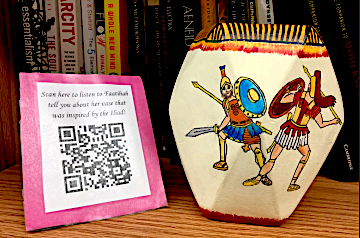
Using the guidelines below, students had to prepare and record a speech on vocaroo.com, print the corresponding QR code, and attach the printed QR code to their project. Then, when the projects were displayed in the community library, viewers could scan any QR code on their phones, simply using their own camera app, and listen to the student explain the project in his or her own voice! The QR code, once scanned, takes the listener directly to the student’s file on vocaroo.com. Once there, the listener only needs to press “play” and voila! the student is speaking about his or her own work, inspiration, process, and learning.
Here are the directions I gave to the students:
All recordings must be a minimum of 60 seconds long. At the same time, do not go longer than 2 minutes.
In the recording, you must do the following. Write out or make notes on each of these so you sound prepared. However, it should NOT sound like you are reading. You can reorder #3-5 if it makes more sense. insert
Introduce yourself (first name only) and tell your grade and school.
- Explain what your project is (spell it out—don’t worry about being too obvious).
- Explain any deeper symbolic meaning (your chosen theme).
- Explain how exactly it relates to the Iliad. You might need to summarize a bit of the story for listeners—don’t assume everyone has read it, or read it recently. If appropriate, you can talk about your paper topic.
- Explain how you went about making the project—did you have to get any special materials or work in a specific place?
- Explain why you chose this topic and project—what does it mean to you? Why did it strike a chord with you? What from the Iliad made you want to create this? What is it about your medium (such as acting, painting, writing, etc.) that you like? Is this what you do as a hobby, or is it something else?
- Thank the listener for taking the time to view your project.
**If there is any other information that would be interesting to talk about, please do!
Download the directions here.
Librarians later told me that visitors really enjoyed this feature. And for the students, it was an exercise in both writing and public speaking. (It is also worth noting that the recordings only stay on vocaroo.com for a few months before they are automatically deleted.)
This recording technique can be used in a variety of situations—art fairs, science fairs, awareness campaigns around school, book review galleries—anywhere where the sound of the students’ actual voices could add value. And of course, whenever students must write and speak for real audiences, the stakes are higher (and more authentic). This combination of self-expression, skills practice, and engagement outside the classroom has made QR code recordings one of the most effective activities I use all year.
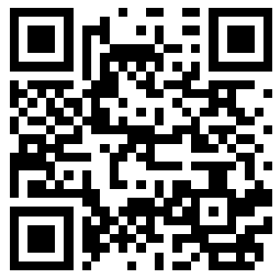
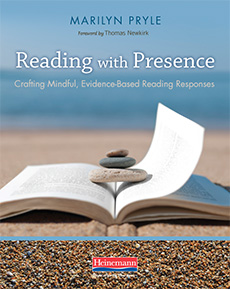
Marilyn’s most recent book is Reading with Presence: Crafting Meaningful, Evidenced-Based Reading Responses (Heinemann, 2018). Learn more about Marilyn at marilynpryle.com and read other articles she’s written for MiddleWeb.


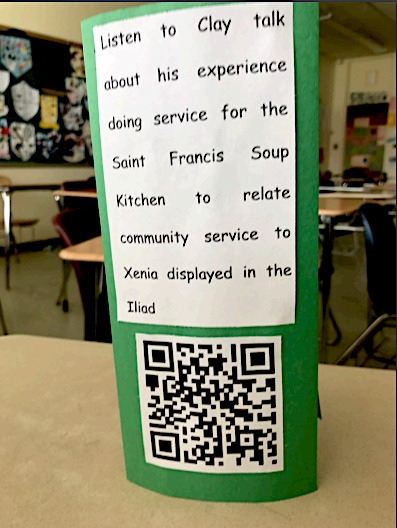
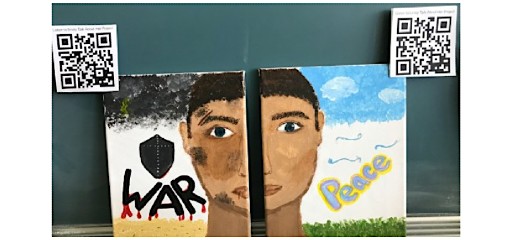
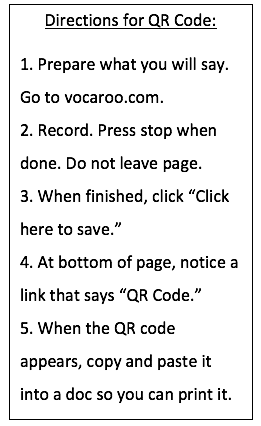 Introduce yourself (first name only) and tell your grade and school.
Introduce yourself (first name only) and tell your grade and school.


































